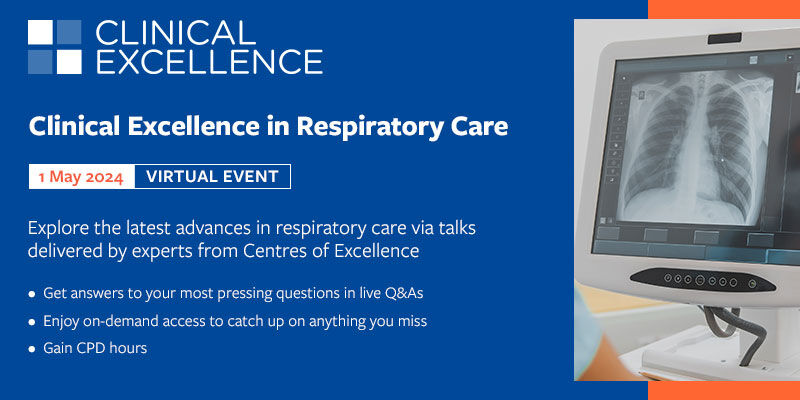Philippa Leggett
MSc Dip Biomech PGD (MH) MCSP SRP
Freelance
Ergonomist and Manual Handling Consultant
Tyne
UK
EU member countries are subject to the Management of Health and Safety at Work Regulations (1992) and the Manual Handling Operations Regulations (1992, 1999), which dictate the requirements for accident prevention by imposing duties on employers and employees, which were originally laid down in the Health and Safety at Work Act (1974). While the precepts – avoid, assess and reduce – are applicable to both inanimate and animate load handling, problems arise in the field of person handling due to an inherent duty of care that all professionals undertake. The principles of assessment and action within these constraints mean that all manual handling duties must be the result of balanced decision-making that justifies the action within the context of the situation. In order to make a reasonable and balanced decision in the manual handling of people, including patient transfers, the risk assessment process involves four components:
- The physical construction of the environment – for example, space, which could include obstacles, bed level, stairs, steps and doorways.
- The human factors associated with the handler, including experience, knowledge, expectation, confidence, competence, physical capability and height.
- The human factors associated with the person being handled – their height, weight, physical capability, mental capability, comprehension level, impairments and medical management, as well as other factors outlined above.
- The job structure that people are working in – time, staffing levels, staff expectations, management style/support level, equipment provision, attitude to problem-solving, policies, protocols and procedures.
In the last five years, the simplistic introduction in healthcare of “no lifting” policies has been shown to be unrealistic and unachievable, and they are being replaced by “safer handling” policies. Since 1992, manual handling of loads and people within NHS trusts in the UK has been the remit of specialist manual handling and back care advisers, many of whom are appointed according to the recommendations issued by National Back Exchange, the association of manual handling advisers.(7)
[[HHE06_fig1_C20]]

- The patient had to be able to assist with weight-bearing.
- The patient had to be able to understand and appreciate the dilemma the handler was in.
- The handler had to be experienced, knowledgeable and physically fit enough to perform this manoeuvre – preferably taller than the patient.
- This manoeuvre was a “one-off” and the situation would alter back to using the hoist as soon as the immediate problem had been addressed. In other words, a replacement hoist would be found before a transfer to the commode is needed again.
Within this situation and with these provisions, this manoeuvre is both ethically acceptable and legally justifiable.
Moving patients therefore requires an emphasis on assessment and problem-solving, rather than the prevailing technique-orientated approach sought by many practitioners. This in turn raises questions regarding training and individual competence as well as the structure of policy, protocols and procedures within a controlled environment such as a hospital or nursing/residential care.
- Strategically implementing education relevant to employees’ work areas, remits and constraints.
- Introducing relevant user-friendly equipment that staff know how to use and have no qualms about implementing.
- Developing and introducing a fast-track management programme for staff experiencing back pain or problems, which includes education, exercise and counselling.
- Investigating psychosocial factors at work such as stress, lack of management support, low staff morale, low staff numbers and lack of staff empowerment to make manual handling decisions.
- Access for staff to exercise facilities at work with ongoing programmes aimed specifically at prevention as well as management.
The manual handling of patients is not a standalone subject that can be easily standardised. Manual handling forms part of patient care and overlaps other areas of care such as tissue viability. Touch is also an important part of human communication that should not be denied in care situations where pain and apprehension are likely to be present.(11) Patients’ independence should also be encouraged wherever possible as part of their rehabilitative process. Some generalised principles should be developed with robust research to underpin evidence-based practice, and the education of patients and families in safety behaviour, as well as nursing and care staff, should be addressed. This level of strategic implementation requires expert input from manual handling advisers with appropriate qualifications.
[[HHE06_box1_C22]]
- Maniadakis A, Gray A. The economic burden of back pain in the
UK - Chartered
Institute ofPersonnel London - Leighton DJ, Reilly T. Epidemiological aspects of back pain: the incidence and prevalence of back pain in nurses compared to the general population. Occup Med 1995;45:263-7.
Smith DR - Croft PR,Papageorgiou AC,Thomas E, et al. Short term physical risk factors for new episodes of low back pain. Prospective evidence from the
South Manchester back pain study. Spine 1999;24:1556-61. - Burton AK, Tillotson KM, Main CJ, Hollis S. Psychosocial predictors of outcome in acute and subchronic low back trouble. Spine 1995;20:722-8.
- National Back Exchange. Essential Back Up. National Back Exchange: Towcester (
UK - Smith J, editor. Guide to the Handling of Patients. 5th ed. Teddington: BackCare; 2005.
- Derbyshire Inter-Agency Group. Care handling for people in hospital,community and educational settings. A code of practice.
Derby :Southern Derbyshire NHS Trust; 2001. - Hignett S, et al. Evidence-based patient handling: tasks,equipment and interventions.
London - Argyle M. Bodily communication. 2nd ed.
London
Resources
National Back Exchange
W: www.nationalbackexchange.org
BackCare
W: www.backcare.org.uk
NHS employers
W: www.nhsemployers.org
HSE
W: www.hse.gov.uk









